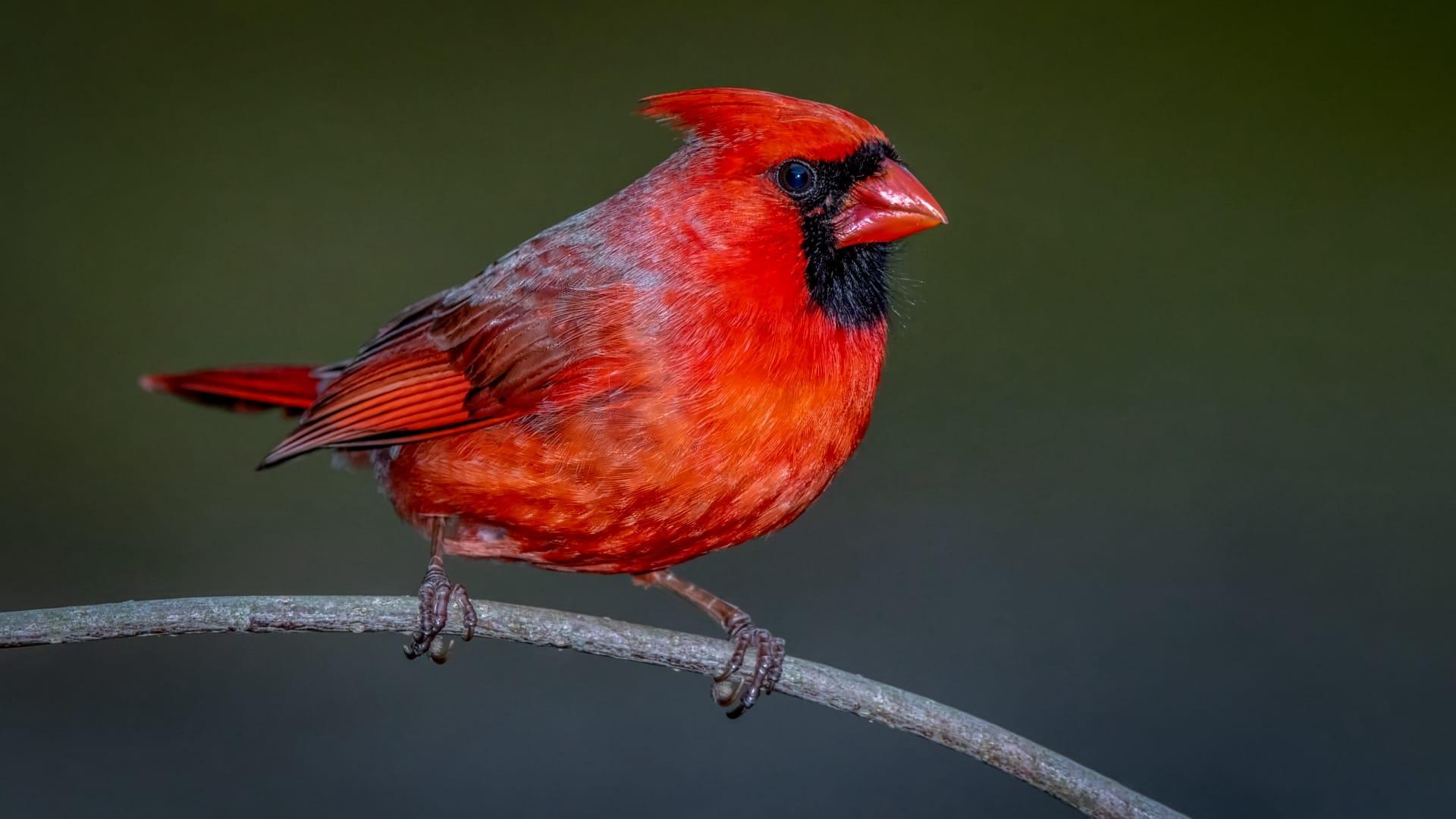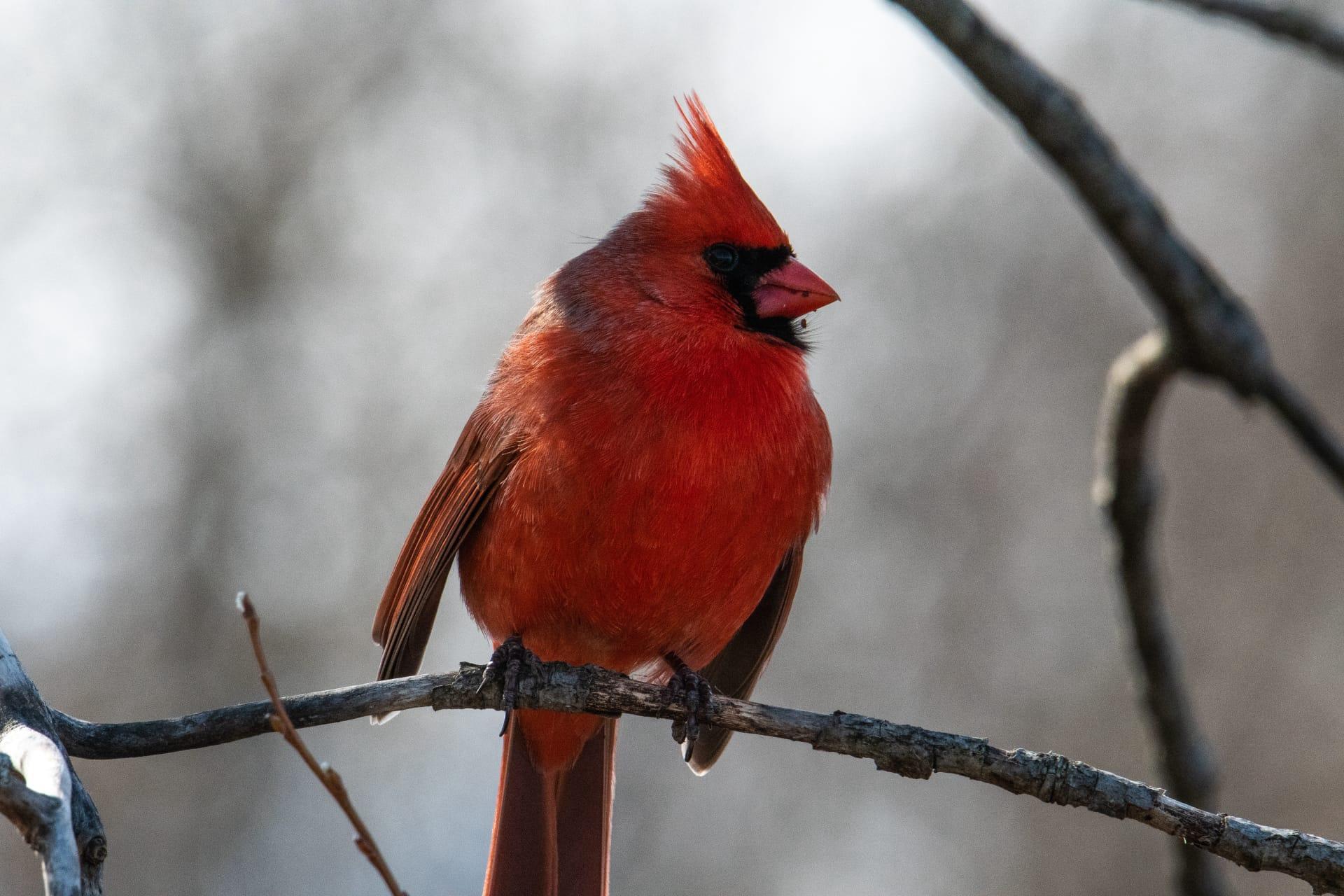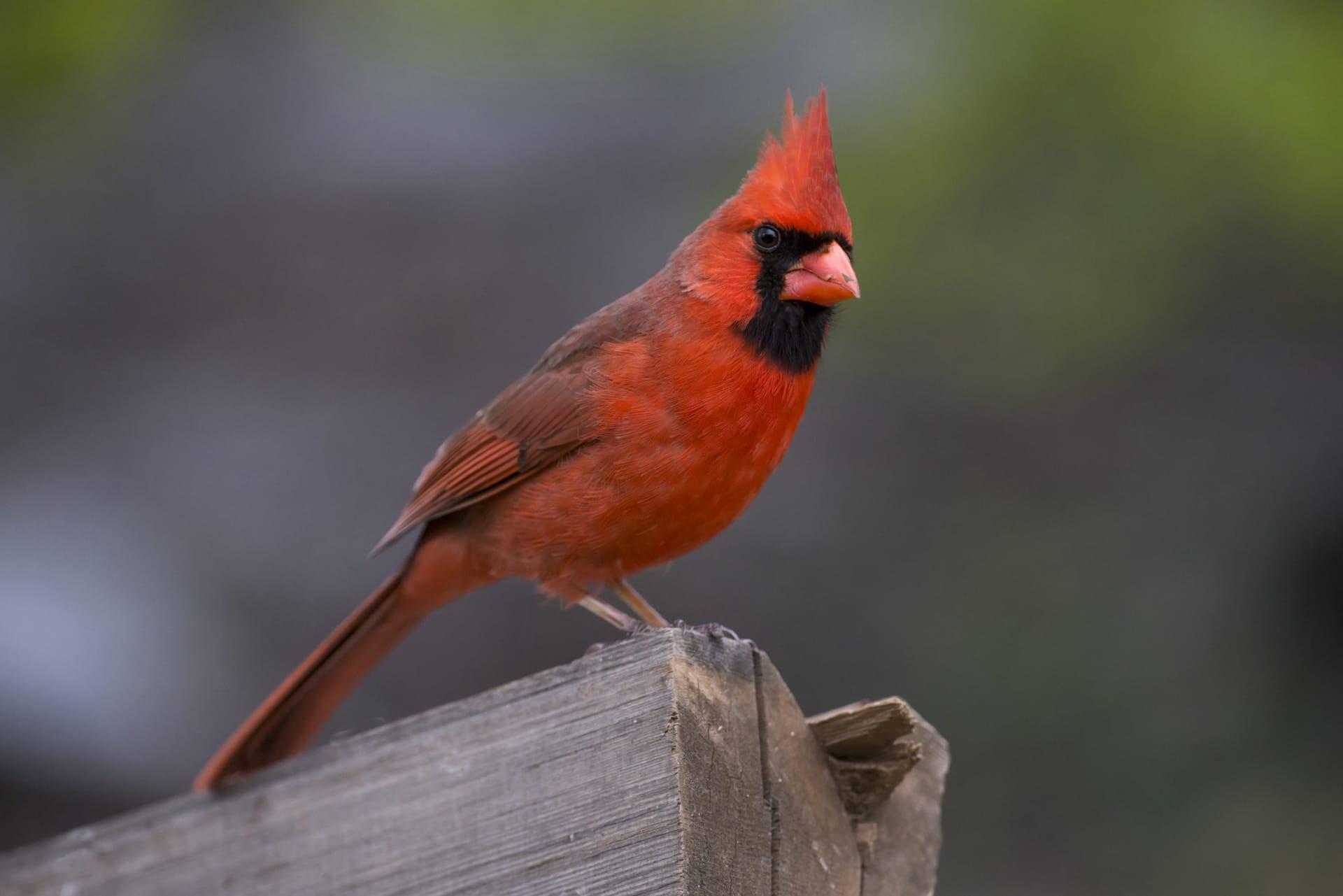Cardinal Characteristics
- Home /
- Mini Encyclopedia /
- Animal /
- Cardinal Characteristics
1
The Cardinal, a bird widely recognized for its striking red plumage, is a medium-sized songbird native to North and South America. Adult males typically exhibit a vibrant red color, while females and juveniles lean towards a more muted brownish-red. Cardinals measure about 8 to 9 inches in length and weigh around 42 to 48 grams. Their lifespan in the wild can range from 3 to 6 years, but under ideal conditions, they can live up to 13 to 15 years. An interesting physical trait of cardinals is their strong, cone-shaped bill. This bill is not only an adaptation for their diet, primarily consisting of seeds and fruits, but it also plays a crucial role in their mating and social interactions.
The most distinct organ of the Cardinal is its beak, designed specifically for cracking open seeds. The beak's conical shape and robust structure enable the bird to exert significant pressure, making it efficient at breaking seeds' hard shells, which form a substantial part of its diet. This beak is also integral during courtship rituals, where cardinals are known to perform a unique 'beak-to-beak' feeding gesture. This behavior, where a male feeds seeds to a female, is not just a display of affection but also a demonstration of the male's ability to provide food, a vital aspect in the pair's bonding and the female's choice of mate.

2
Question: Why do male Cardinals have such bright red plumage compared to females?
Answer: The brilliant red plumage of male Cardinals serves a dual purpose: attraction and territorial defense. The vibrant color is a result of carotenoids in their diet, mainly obtained from berries and seeds. For females, selecting a mate with intensely colored plumage is beneficial as it's an indicator of good health and a strong genetic makeup. Additionally, the bright coloration is a visual warning to other males, asserting dominance over a territory. It's a display of vigor and strength, as maintaining such coloration requires good nutrition and health. Females, on the other hand, have subdued hues to provide camouflage while nesting, protecting them and their offspring from predators.

3
Cardinals are known for their agility and speed in flight. They can reach speeds of up to 20-30 miles per hour. Their flight pattern is characterized by a series of rapid wing beats followed by a short glide, giving the appearance of a bouncy trajectory. This style of flight is particularly useful in wooded habitats, allowing them to maneuver through trees and bushes quickly.
In terms of feeding habits, Cardinals are predominantly granivorous, but their diet is quite varied and adaptable. They primarily consume seeds, grains, and fruits. During the breeding season, their diet shifts to include more insects, which provide essential protein for the growing chicks. Cardinals use their strong beaks to crush and eat seeds, while their agile movements and sharp eyesight aid in catching insects. They are known to visit bird feeders frequently, making them a favorite among birdwatchers.

4
Cardinals are adaptable birds and can thrive in various environments. They are commonly found in woodlands, gardens, shrublands, and wetlands. Their preference for dense shrubbery and thickets offers them protection and nesting sites. They are also a common sight in urban and suburban areas, adapting well to human presence. Cardinals do not migrate and are year-round residents in their range, making them a familiar sight in their habitats throughout the seasons.
The breeding season of Cardinals is marked by elaborate courtship rituals, including song duets and the aforementioned 'beak-to-beak' feeding. They are monogamous, often forming long-term pair bonds. Females typically lay 3 to 4 eggs per clutch, with 2-3 broods per year being common. The nests are built by females and are usually located in dense shrubberies or trees. The incubation period lasts about 11-13 days, and the male often feeds the female during this time. The young are altricial, meaning they are born blind and featherless, completely dependent on their parents for food and care.

5
Book: "The Cardinal: Unveiling the Mysteries of America’s Favorite Songbird" by James J. Audubon, published in the early 19th century. This book offers a comprehensive study of Cardinals, detailing their behavior, habitat, and physical characteristics. Audubon, renowned for his detailed illustrations, provides a vivid portrayal of the Cardinal's life cycle, offering insights into their nesting habits, mating rituals, and survival strategies.
Book: "Red Feathers: The Life and Times of the Cardinal" by Maria R. Alvarez, published in 1985. Alvarez, a well-known ornithologist, presents an engaging narrative that combines scientific research with anecdotes from her extensive fieldwork. The book delves into the cultural significance of cardinals.